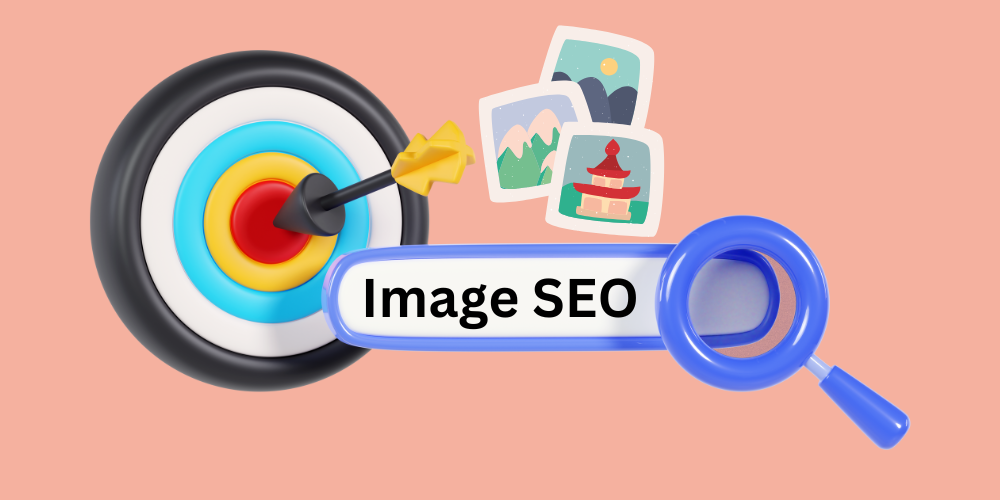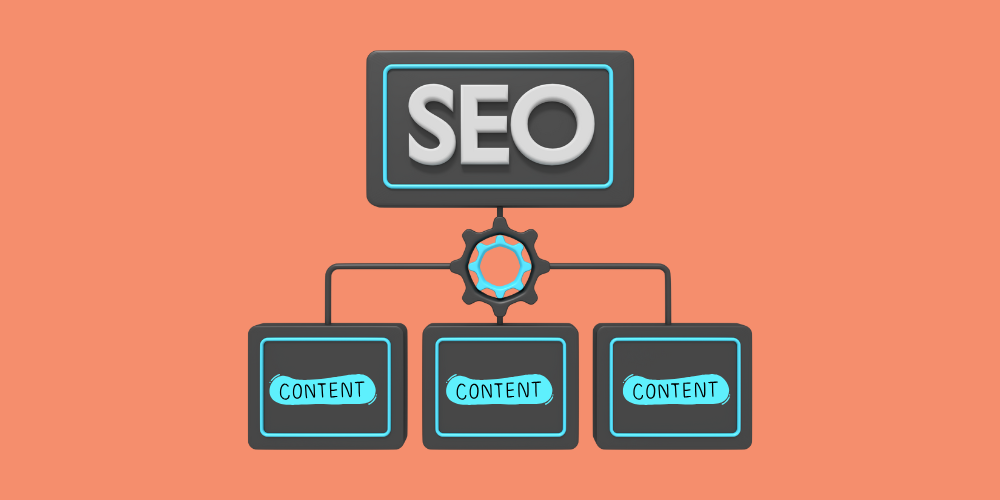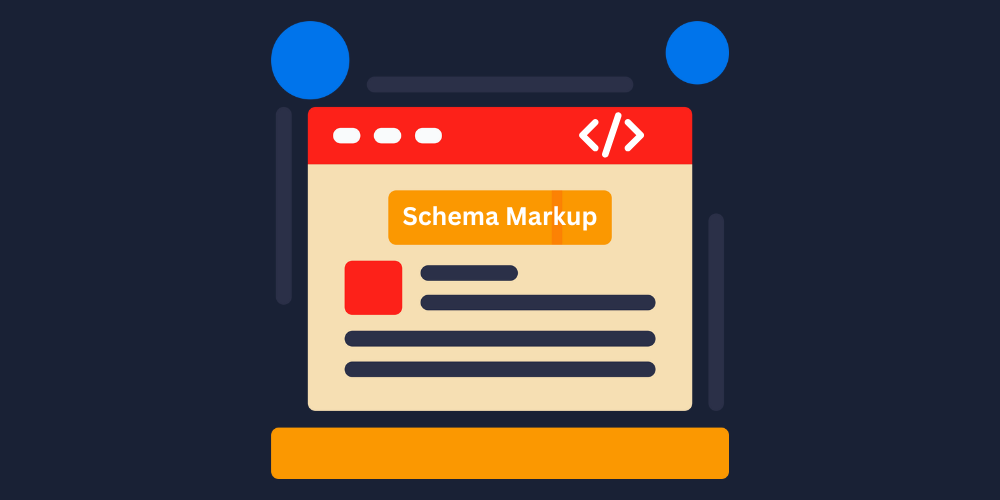With the gradual evolution of digital landscape, visual content has become one of the most powerful tools for capturing attention and driving engagement. However, many brands overlook a crucial aspect of visual strategy: image SEO. Optimizing images for search engines can significantly increase traffic to your website, enhance user experience, and improve your overall SEO performance.
Let’s explore actionable tips and strategies to harness image SEO’s potential, boost your website’s visibility, and drive more traffic.
Why Image SEO Matters ?
Image SEO isn’t just about making your images discoverable on Google; it’s about enhancing the entire SEO structure of your website. Visuals can account for a significant portion of online traffic, especially with the rise of Google Images and visual search platforms like Pinterest. By optimizing images effectively, you can improve your site’s visibility, speed up load times, and provide relevant content that meets users’ expectations.
How to do it ? Let us find out one by one –
1. Choose the Right Image File Types
- Solution: The most common image file types for the web are JPEG, PNG, and WebP. JPEGs are suitable for most standard images, offering good quality and smaller sizes. PNGs work well for graphics requiring transparency, while WebP can be used for high-quality images with smaller file sizes.
- Tip: Use WebP wherever possible, as it combines quality and compression, making it ideal for faster load times. Google recommends WebP as it can reduce image size by up to 35%.
2. Optimize Image File Sizes for Speed
- Solution: Large, uncompressed images can drastically slow down your website, negatively impacting SEO. Use compression tools to reduce file sizes without sacrificing quality.
- Tools: TinyPNG, ImageOptim, and Squoosh by Google are great options for compressing images without a visible loss in quality.
- Action: Make sure all images are under 500 KB. The faster your images load, the better it is for both user experience and search engine rankings.
3. Create Descriptive File Names
- Solution: Rename your image files before uploading them, using relevant keywords that describe the image. Avoid generic names like
IMG_1234.jpg. - Example: If you’re uploading an image of a red vintage bicycle, use a file name like
red-vintage-bicycle.jpg. - Action: This step improves the discoverability of your images in image search results, as search engines use file names as a ranking factor.
4. Leverage Alt Text for Accessibility and SEO
- Solution: Alt text, or “alternative text,” describes the content and function of an image on a page, helping visually impaired users and providing context to search engines.
- Best Practices: Write concise, descriptive alt text that accurately reflects the image, and naturally incorporate your target keywords.
- Action: For each image, add a unique alt text description that includes relevant keywords without stuffing.
5. Add Context with Image Captions
- Solution: Captions can enhance user understanding and increase engagement. Although not a direct SEO factor, captions offer context that encourages users to stay on the page longer, which is beneficial for SEO.
- Action: Add short, engaging captions for images, especially for those where context may not be immediately obvious.
6. Use Structured Data (Schema Markup) for Visual Content
- Solution: Structured data helps search engines understand your content better. By adding schema markup to your images, you enable rich image results, which are especially important for products, recipes, and local business listings.
- Tools: Use Google’s Structured Data Markup Helper or Schema.org guidelines to implement image-related schema on your site.
- Example: A product image could benefit from
Productschema, which enhances the search result with price and availability information. - Action: Implement schema for images where relevant, such as products, videos, and recipes.
7. Create Image Sitemaps
- Solution: An image sitemap is an additional sitemap specifically for images, helping search engines find and index images that aren’t accessible via HTML.
- Tip: If you have numerous images or image-heavy pages, a separate image sitemap can improve indexing and visibility.
- Tools: Use tools like Screaming Frog to create and manage image sitemaps, or manually add image URLs to your sitemap.
- Action: Submit your image sitemap in Google Search Console to ensure your images are indexed correctly.
8. Ensure Mobile-Friendly Image Optimization
- Solution: Since mobile traffic continues to grow, ensure your images display correctly and load quickly on mobile devices.
- Tools: Test your website on Google’s Mobile-Friendly Test tool to check how your images render on mobile devices.
- Action: Use responsive images (
srcsetattribute in HTML) to automatically serve different-sized images based on the user’s device, enhancing mobile load speeds.
9. Utilize Lazy Loading to Speed Up Load Times
- Solution: Lazy loading delays the loading of images until they’re visible on the user’s screen, which can significantly reduce initial page load times.
- Implementation: Many website builders and CMS platforms, like WordPress, have plugins or built-in features to enable lazy loading.
- Action: Enable lazy loading on your website to improve load speeds and user experience, especially on image-heavy pages.
10. Optimize for Visual Search Platforms (Pinterest, Google Lens)
- Solution: Optimizing images for visual search can lead to more visibility on platforms like Pinterest, which has its own SEO rules.
- Tips: Use keywords in descriptions, create pins with text overlays, and use high-quality, vertically aligned images for Pinterest.
- Case Study: Brands like Etsy leverage Pinterest’s visual search for product discovery, creating pins that drive significant referral traffic back to their site.
- Action: Regularly share optimized images on Pinterest with keyword-rich descriptions to capitalize on this visual search platform.
11. Monitor and Analyze Image Performance
- Solution: Track how well your images are performing in terms of search traffic, engagement, and conversions.
- Tools: Google Search Console offers insights into image search traffic. Tools like Google Analytics provide data on user interaction with images on your website.
- Action: Monitor the performance of images over time, tweaking aspects like alt text, captions, and file formats to find what works best for your audience.
Wrapping Up
Leveraging image SEO is a powerful yet often overlooked method to boost traffic and engagement. As you implement these tactics—optimizing file types, creating descriptive alt text, utilizing lazy loading, and more—you’re setting your website up to perform well across search engines, engage visitors, and create a seamless experience for users.
The power of image SEO lies in its ability to serve both search engines and users. With every optimized image, you’re not only enhancing your website’s visibility but also enriching the browsing experience, making your brand more memorable and accessible. Start implementing these tips today to unlock the true potential of your images, and watch your traffic soar.
Also Read “Quick SEO Fixes for Instant Traffic Boost.”




